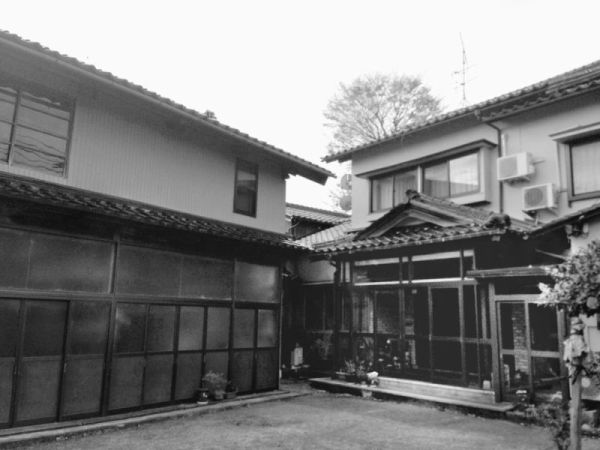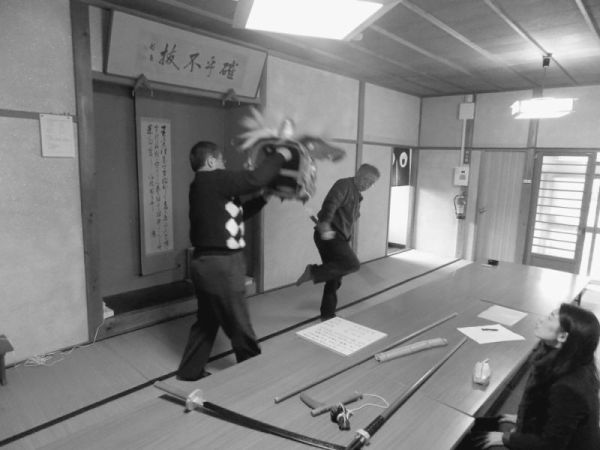11
LION DANCE
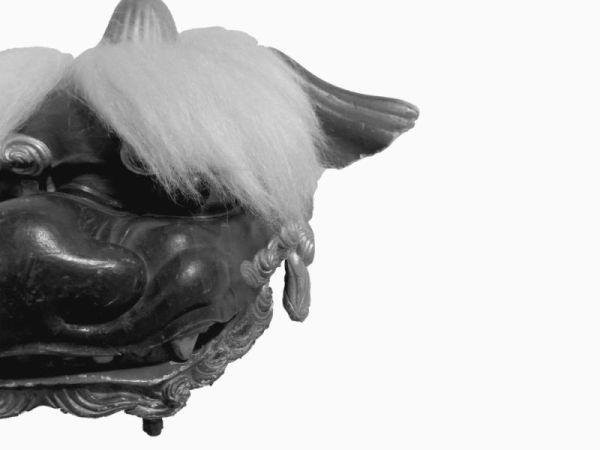
Figure 11.1.
A Lion Dance is a troupe of dancers united together under a patterned cloth with a snarling wooden head of a fantasy lion in the lead position. Normally seen around Chinese New Year, they snake their way toward an audience, snapping wooden jaws in mock attack. However, in Kanazawa, the Kaga domain and the home of Mubyōshi Ryū, the Lion Dance has a different format. Here, the lion faces down one or two opponents who are crowned with a splendid flowing white or black wig.
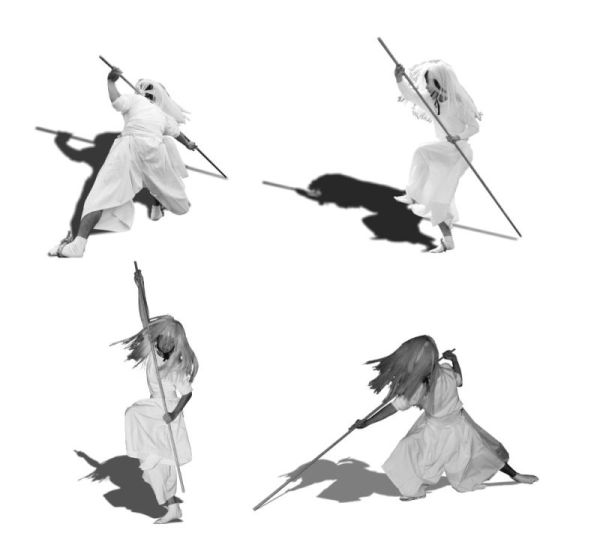
Figure 11.2. Performers from the Honmachi 1-Chōme Seinenkai Lion Dance group
The fighters face down the lion, and after a prolonged battle, they slay the beast, to claps from the audience. The images are of Hijikata Ryū, taken in Tokyo in 2014 by the author, and from the Nakabayashi Lion Dance Preservation Society.

Figure 11.3. The music troupe that accompanies the dance
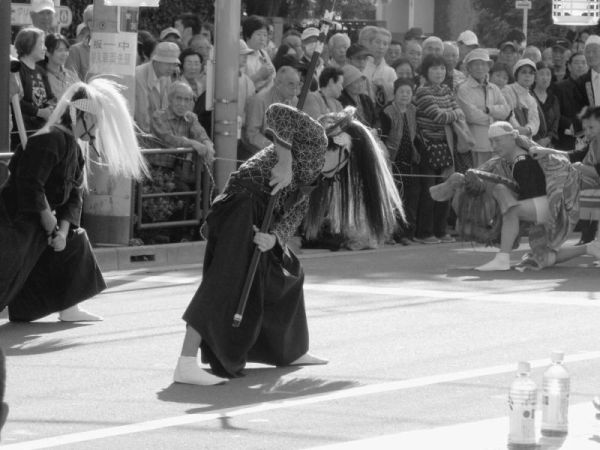
Figure 11.4. Two fighters face down the lion.
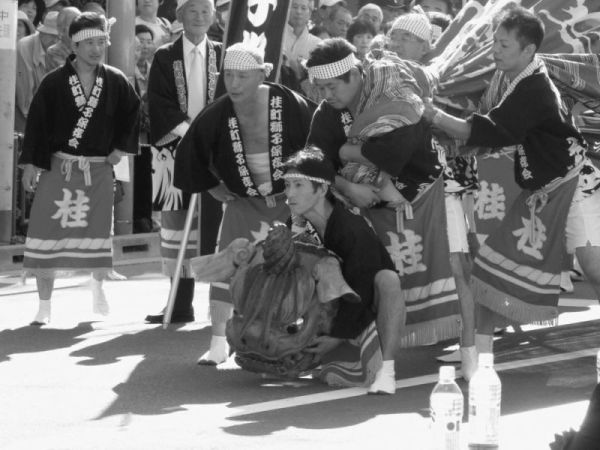
Figure 11.5. The lion prepares to attack.

Figure 11.6. A fighter prepares to face the lion.
The origin of this form of Lion Dance is unknown. It is claimed that it goes back to the Ikkō Ikki Uprising in the fifteenth and sixteenth centuries, but this is unsubstantiated and much of our information on the performance is based in the nineteenth century. This Lion Dance appears to be prevalent in Kanazawa, but the Kanazawa council takes an active involvement in maintaining this tradition, and there are about forty Lion Dance groups in the area. Each troupe claims ancestry to a specific samurai school or collection of schools, Mubyōshi Ryū being one of them. This means that the skills of Hagiwara Jūzō and Mubyōshi Ryū can be found mixed into the dance along with other schools.
One of the main Lion Dance troupes connected with Mubyōshi Ryū is Hanbei Ryū. This school was established by Machida Hanbei, who taught in and around the 1850s. He is thought to have taught people, including farmers, at his home dōjō. He taught the schools of:
• Mubyōshi Ryū
• Toda Ryū (stick and chain weapons)
• Shizuka Ryū (halberd)
• Asaka Ryū (quick draw)
• Yamaguchi Ryū (hand-to-hand combat and quarterstaff)
• Yamaguchi Ryū (swordsmanship)
• Mizuno Ichi Ten Ryū (swordsmanship)
The home dōjō of Nishimura Seitarō, a student of Machida Hanbei, has now been replaced by a modern house, but the descendants still live there, and a monument to Nishimura Seitarō has been erected on the grounds for his lifetime contribution.
There is no record of which skills from which school were included in the Lion Dance. All that is known is which school each Lion Dance is associated with. The current grandmaster of Mubyōshi Ryū, Uematsu Sensei, studied from the Nishimura Seitarō line, who taught the Lion Dance in his dōjō in Nakabayashi, Nonoichi City. Nishimura Seitarō studied from the Machida Hanbei line. The current troupe leader for the Machida Hanbei line of Lion Dancing is Mukōda Seiichi (向田誠市). In 2014 I brought both the Lion Dance group and Mubyōshi Ryū back together after being separated for possibly nearly one hundred years. This extremely successful meeting, which can be difficult in Japan, was attended by the leaders of Mubyōshi Ryū, the Machida Hanbei Lion Dance Troupe, and Shinjin Ryū, the sword school studied by Hagiwara Jūzō and Niki Shinjūrō.

Figure 11.7. The monument to Nishimura Seitarō
Figure 11.8. The original site of Nishimura Seitarō’s dōjō, where Mubyōshi Ryū was taught along with the Lion Dance; now the modern family home

Figure 11.9. Mukōda and Nishizaki displaying sections of the dance skill; at bottom right, Koizumi Mieko
Figure 11.10. Mukōda Seiichi (left) with group member Nishizaki Mikio at Nakabayashi Kasuga Shrine, the home of the dance troupe
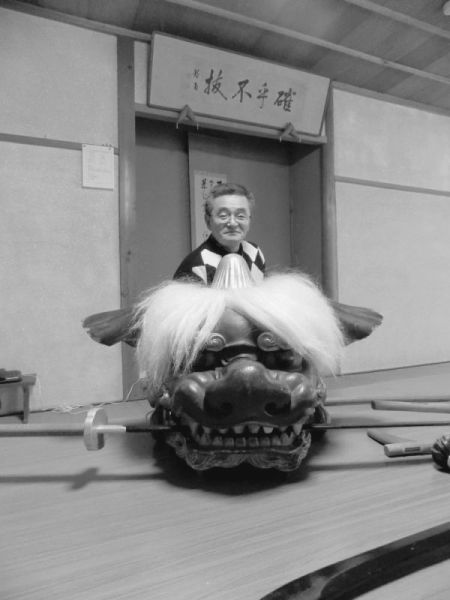
Figure 11.11. Mukōda Seiichi with the troupe’s lion head, which is over one hundred years old
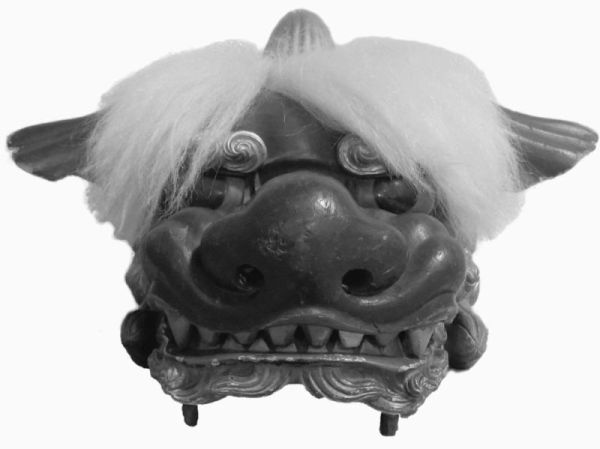
Figure 11.12.
It is difficult to discover just how much of the Lion Dance represents the skill sets found in Mubyōshi Ryū, but it is satisfying to know that the thread of Hagiwara Jūzō’s skills can be traced from his construction of a “revenge school” through to its inclusion in symbolic combat. Furthermore, the little-known tradition of Japanese martial Lion Dance needs both highlighting and recording. The dances almost died out after World War II and were only saved by a conscious effort. While their existence has been recorded here, the dance itself and its traditions are kept by only a handful of people.
